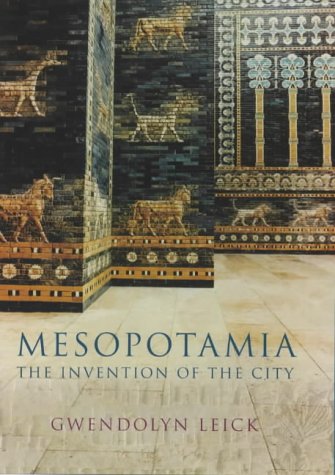The Dynamics of Expansion of Early Mesopotamian Civilization
By
Guillermo Algaze
Most scholars have focused on the internal transformations attending this process, such as the development of new forms of spatial organization, socio-political relationships, and economic arrangements.
In The Uruk World System, Guillermo Algaze concentrates instead on the unprecedented and wide-ranging process of external expansion that coincided with the rapid initial crystallization of Mesopotamian civilization. He contends that the rise of early Sumerian polities cannot be understood without also taking into account developments in surrounding peripheral areas.
Algaze reviews an extensive body of archaeological evidence for cross-cultural exchange between the nascent city-states in the Mesopotamian lowlands and communities in immediately surrounding areas. He shows that at their very inception the more highly integrated lowland centers succeeded in establishing a variety of isolated, far-flung outposts in areas at the periphery of the Mesopotamian lowlands. Embedded in an alien hinterland characterized by demonstrably less complex societies, the outposts were commonly established at the apex of preexisting regional settlement hierarchies and invariably at focal nodes astride important trade routes.
Algaze argues that these early colonial out-posts served as collection points for coveted peripheral resources acquired in exchange for core manufactures and that they reflect an inherently asymmetrical system of economic hegemony that extended far beyond areas under the direct political control of Sumerian polities in southern Mesopotamia. From this he concludes that economic exploitation of less developed peripheral areas was integral to the earliest development of civilization in the ancient world.
The new edition (2005) includes a substantial new chapter that explores recent data and interpretations of the expansion of Uruk settlements across Syro-Mesopotamia.
1. Introduction
A Supraregional Perspective
Resource Procurement Strategies and Their Impact
"Momentum toward Empire" in the Uruk Period
A Conceptual Framework for the Analysis of the Evidence
2. Uruk Sites in the Susiana Plain of Khuzestan
Geographical Framework
Mesopotamian Colonization
Chronology and Conclusions
3. Uruk Settlements in the Syro-Mesopotamian Plains and Surrounding Highlands
Geographical Framework
Uruk Enclaves in Syro-Mesopotamia
The Strategic Rationale of Uruk Settlement in Syro-Mesopotamia
Uruk Outposts in the Periphery
The Chronology of Uruk Settlement in the Periphery
4. The Function of Uruk Settlements in the Syro-Mesopotamian Plains and Surrounding Highlands
Gateway Communities
Uruk Materials in the Surrounding Piedmont and Highlands
Uruk Materials in the Syro-Mesopotamian Plains
The Commodities Exchanged
5. The Late Chalcolithic Period in Syro-Mesopotamia
Chronology
Late Chalcolithic Culture and Social Integration
Relations between Uruk Enclaves and Indigenous Communities
6. Social Change in the Northern Periphery and the Collapse of the Uruk Expansion
The Impact on Indigenous Societies
The Collapse of the Uruk Enclave Network
Early Bronze Age Sociopolitical Development in the Periphery
7. Conclusions
The View from the Periphery: Informal Empire in the Uruk Period
The View from the Core: A World System of the Uruk Period
The Context of Expansion
Outstanding Problems and Suggestions for Further Research
Theoretical Reprise and Cross-cultural Parallels





